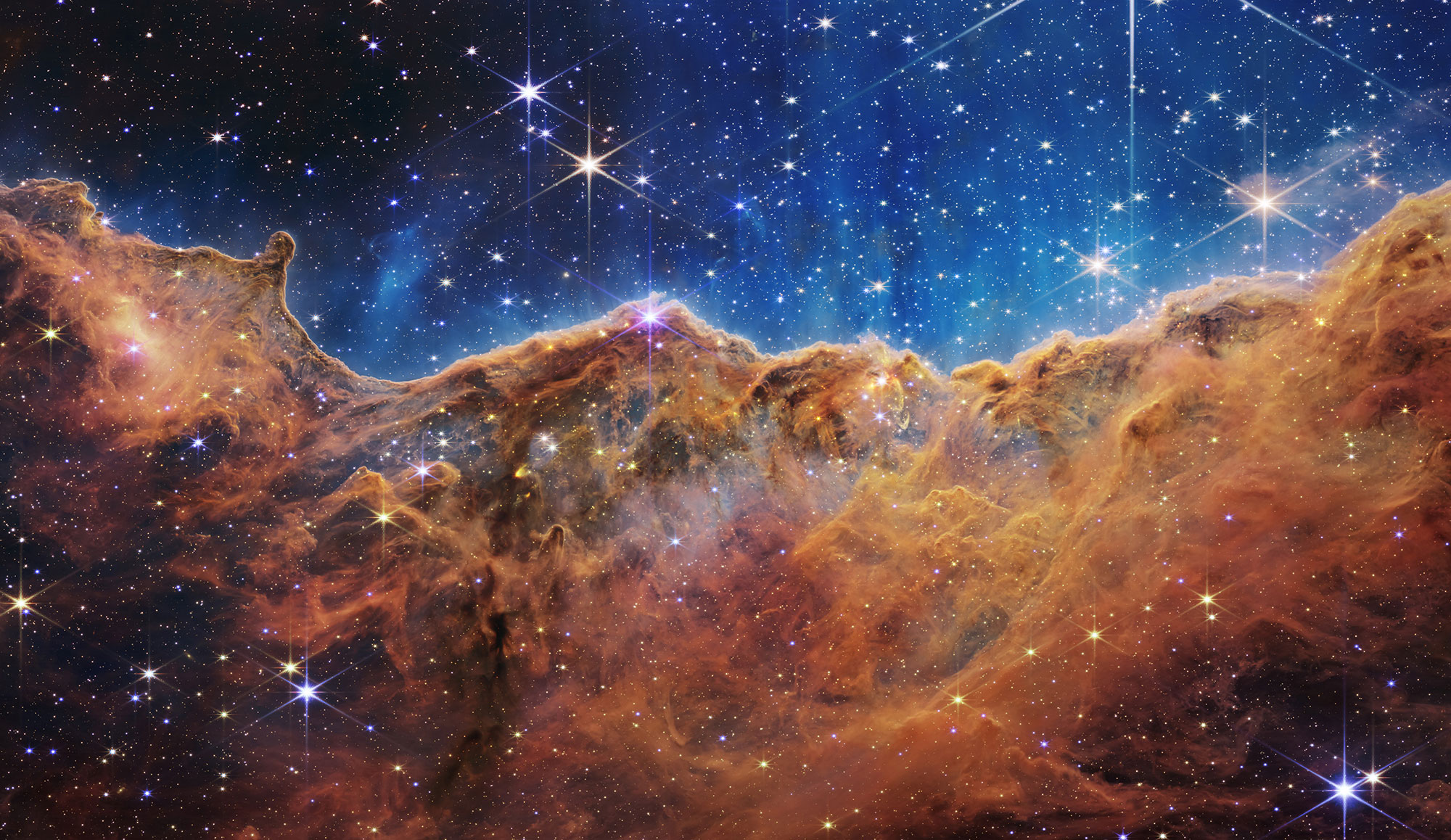
Frequently, as part of a Structural Validation Test Program, the addition of test components as well as instrumentation can lead to some degree of uncertainty regarding the known position of the center of gravity (CG) of a test article. To assist the LS-DYNA model validation for the Orion boilerplate crew module (CM), an independent method of determining the CM CG was investigated. The CG, which serves as the origin for all six degrees of freedom measurements, is critical for test/model parameter correlation.
To support the task, a photogrammetric method was devised to measure the position of the CM at different hang angles using an asymmetric 2-point lifting strap (Figure 1). Two lifting straps were constructed to provide hang angles of 20 and 30 degrees, respectively. The combination of the two straps provided eight unique positions from which the CM could be suspended. A key component of the technique was a plumb line suspended from the same lifting hook. The concept theorized the vector representing the plumb line, if extended, would pass through the CM and the CG would lie somewhere along that line. The plumb line visibility was maintained by attaching retro-reflective spheres along its length. By photogrammetrically measuring the plumb line position at the various hand angles, the plumb lines would intersect at a common point representing the CG. At each of the eight positions, the CM/plumb line were imaged and processed to find the position of the CM and the plumb line in a three-dimensional space. The resulting measurement data were consolidated to provide an array of line vectors representing the theoretical plumb line that intersect at the CG of the module

(Figure 2). To combat the effects of wind and motion on the plumb line, a redundant line not attached to the test article or crane was included to correct the potential error in the primary plumb line.
When processing the data, it must be considered the plumb line vectors are unlikely to actually intersect. To determine the best-fit CG, an algorithm that approximates the center by finding the point that minimizes the sum of the squared distances between that point and each of the plumb lines was developed. The results from this test have shown good correlation to the original computer-aided design-estimated CG and that verified independently with classic fixture methods. The results, as determined by this method, converged to sphere with radius less than 0.667 inch in all axis and are shown as an offset from the origin of 0.367 inch (Figure 3).
For more information, contact Thomas Jones (thomas.w.jones@nasa.gov)


























